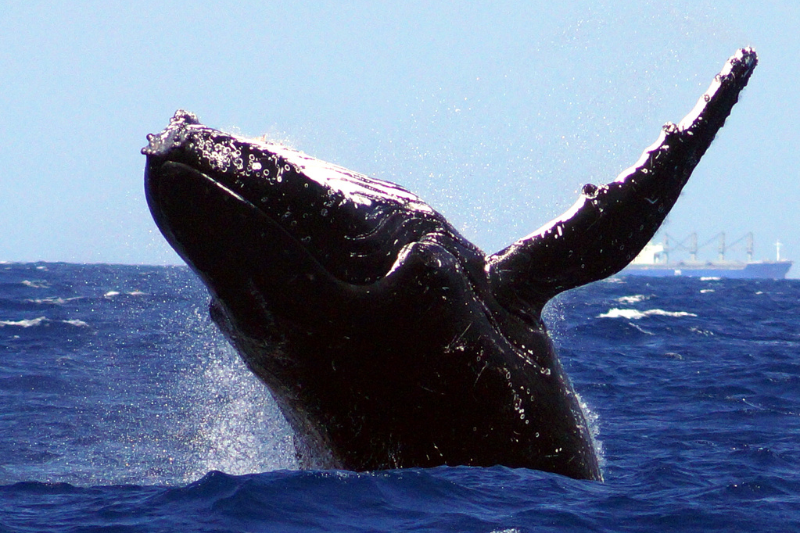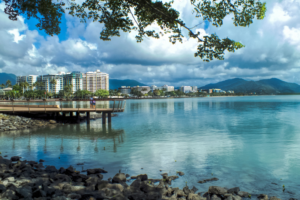Australia offers opportunities, for whale watching boasting a range of whale species in their natural habitats. In this blog post we will provide you with a guide to experiencing whale watching in Australia. Discover the times to embark on this adventure the best locations to visit what you can anticipate during your journey and the various types of whales you may encounter. Whether you are a wildlife enthusiast, a nature lover or simply seeking an experience experiencing whale watching in Australia is an absolute must. So lets dive in and explore the awe inspiring world of whales!
Whale watching is a sought after activity throughout Australia with coastal areas offering glimpses of these majestic creatures in their native environment. Below is our guide to assist you with your whale watching adventure across Australia;
Ideal Timeframe; The optimal time for embarking on a whale watching excursion in Australia varies depending on your chosen location. Generally speaking the designated season for whale sightings spans from May, to November; however July and August mark the peak period. During this time frame it is possible to encounter humpback whales and southern right whales – occasionally even spotting whales.
Best spots; Australia offers some locations, for whale watching. One of the choices is Hervey Bay in Queensland, where you can get a close view of humpback whales. Another great option is the Bight in South Australia, known for its southern right whales. Additionally Eden in New South Wales is a place to see humpback whales and their adorable calves.
Selecting a tour operator; It’s crucial to choose a whale watching tour operator that has experienced guides with extensive knowledge about the local whale species and their behavior. Look for operators who prioritize responsible practices when it comes to watching.
Essentials to bring; Make sure you dress in layers as it can get quite chilly out on the water. Don’t forget a jacket! Sunscreen, a hat, sunglasses and a camera are also must haves to capture those moments.
Respecting whale behavior; During your tour pay attention to your guides instructions. Always respect the space and behavior of the whales. Keep a distance from them at all times. Avoid any sudden movements or loud noises that could disturb them.
Spotting wildlife; While enjoying your whale watching adventure be on the lookout for fascinating marine creatures like dolphins, seals and seabirds. Your guide may even point out sights, along the way.
When you’re, out whale watching it’s important to know what signs to watch for. Keep an eye out for behaviors like when the whale jumps out of the water (known as breaching) when it slaps its tail on the surface of the water (tail slapping) or when it pops its head out of the water to take a look around (spyhopping). These behaviors can give you insights into the whales mood. Are truly exhilarating to witness!
Remember that weather conditions can affect your whale watching experience. If the water is rough or if theres wind it might be more challenging to spot whales or fully enjoy your trip. Always check the weather forecast before your tour. Plan accordingly.
Take advantage of opportunities provided by whale watching tours. They offer a chance to learn more, about whale species, their behaviors and the challenges they face in their environment. You’ll also discover efforts being made for their conservation.
Prioritize safety at all times during whale watching excursions. Follow your guides instructions wear safety gear and keep a distance from the whales. Never attempt to touch or feed them and avoid getting too close.
Witnessing the whales in Australia is an adventure that grants a rare insight into the realm of these remarkable beings. By dedicating some time to explore and get ready you can indulge in an fulfilling whale watching journey Down Under.




